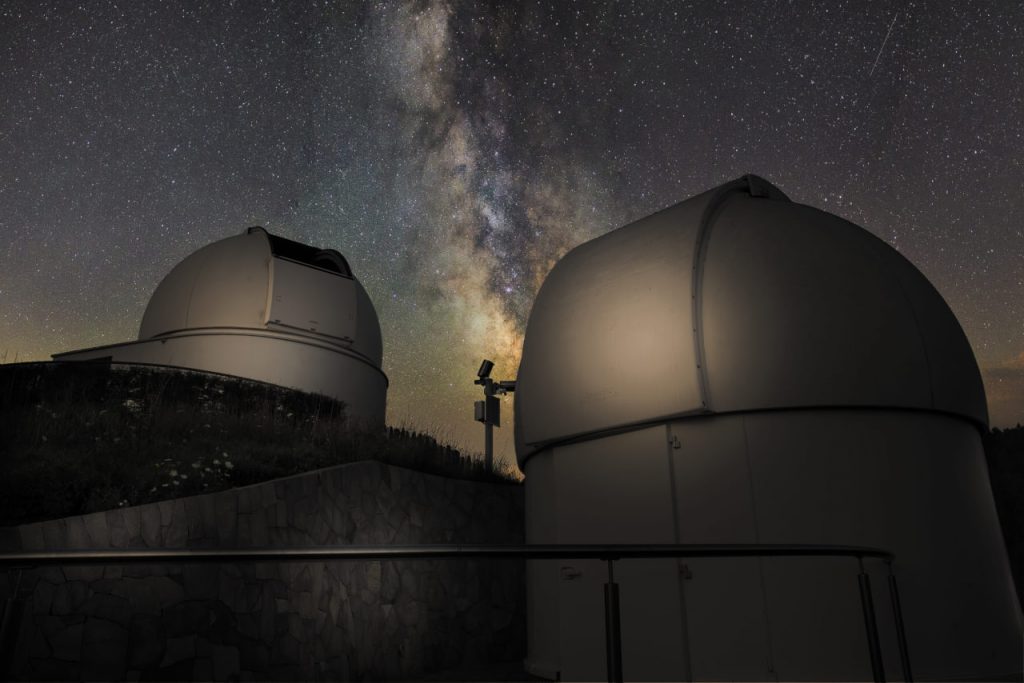For centuries, humanity has looked up at the night sky and wondered: Are we alone in the universe? With the discovery of exoplanets—planets that orbit stars beyond our solar system—scientists are closer than ever to answering this age-old question. The search for habitable worlds is one of the most exciting frontiers in astronomy, and the discoveries so far have been nothing short of astonishing.
How Do We Find Exoplanets?
Since the first confirmed exoplanet discovery in 1992, astronomers have found over 5,000 exoplanets using various detection methods. Some of the most effective techniques include:
- Transit Method – The most successful technique, used by telescopes like Kepler and TESS, detects planets by measuring tiny dips in a star’s brightness when a planet passes in front of it.
- Radial Velocity Method – By observing the slight wobble of a star caused by a planet’s gravitational pull, astronomers can infer the presence of an exoplanet.
- Direct Imaging – Though challenging, some exoplanets have been directly photographed using advanced telescopes.
Types of Exoplanets
Exoplanets come in an incredible variety, many of which are unlike anything in our own solar system:
- Hot Jupiters – Giant gas planets that orbit their stars at extremely close distances, with scorching surface temperatures.
- Super-Earths – Planets larger than Earth but smaller than Neptune, which may have rocky surfaces and atmospheres suitable for life.
- Rogue Planets – Planets that drift through space without a star, having been ejected from their original solar system.
The Hunt for Habitable Worlds
One of the main goals of exoplanet research is finding planets in the habitable zone, the region around a star where liquid water could exist. Some of the most promising candidates include:
- Proxima Centauri b – Orbiting the closest star to our solar system, this planet is within the habitable zone but may face extreme radiation.
- TRAPPIST-1 System – A fascinating system with seven Earth-sized planets, three of which may have conditions suitable for life.
- Kepler-442b – A Super-Earth with a high potential for habitability, located about 1,200 light-years away.
Could Life Exist on Exoplanets?
While scientists have not yet found definitive proof of life beyond Earth, future missions aim to analyze exoplanet atmospheres for signs of biosignatures—chemical markers like oxygen, methane, and water vapor. Upcoming telescopes, such as the James Webb Space Telescope (JWST) and the future Habitable Worlds Observatory, will provide deeper insights into these distant worlds.
The discovery of exoplanets has revolutionized our understanding of the universe. With thousands of planets found and billions more waiting to be discovered, the search for another Earth-like world continues. Perhaps in the near future, we will find the answer to one of humanity’s greatest mysteries: Are we truly alone, or is there life beyond our planet?

